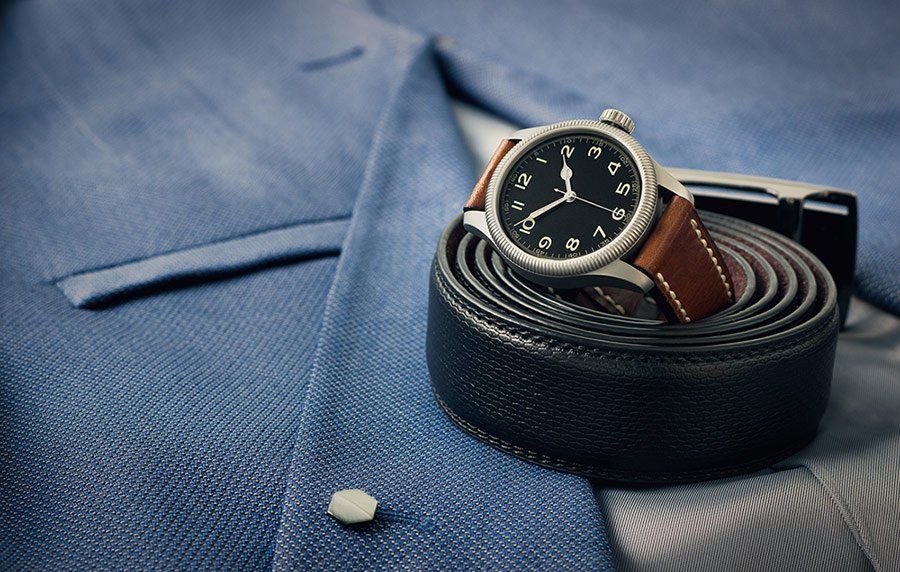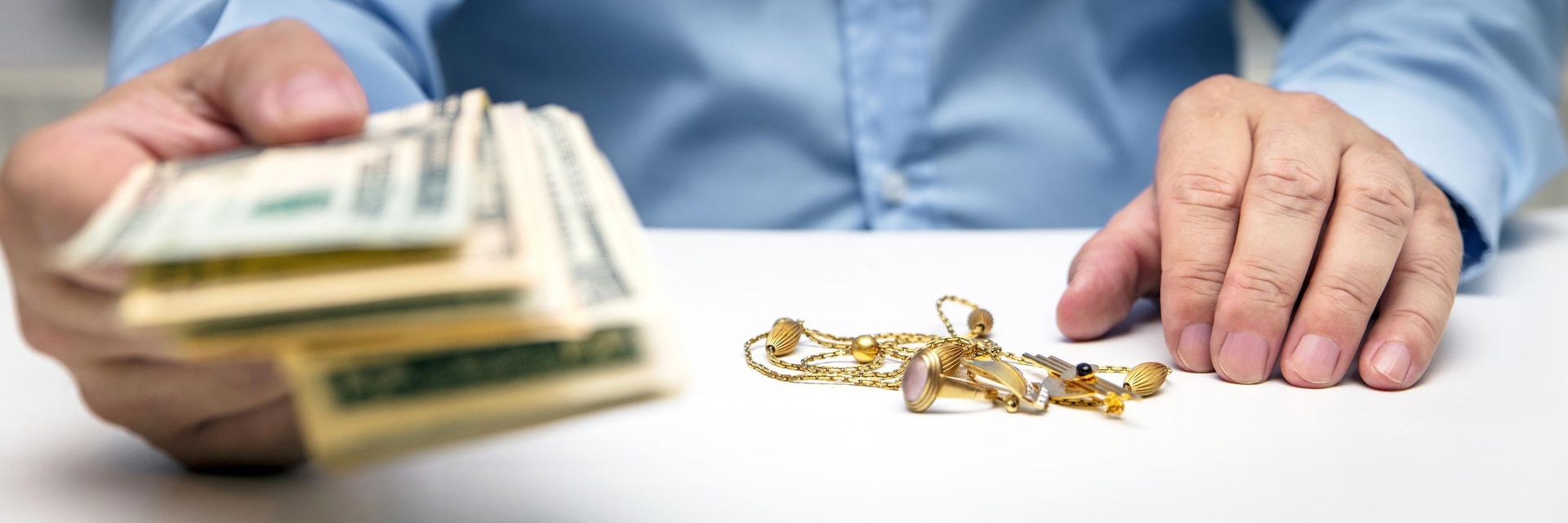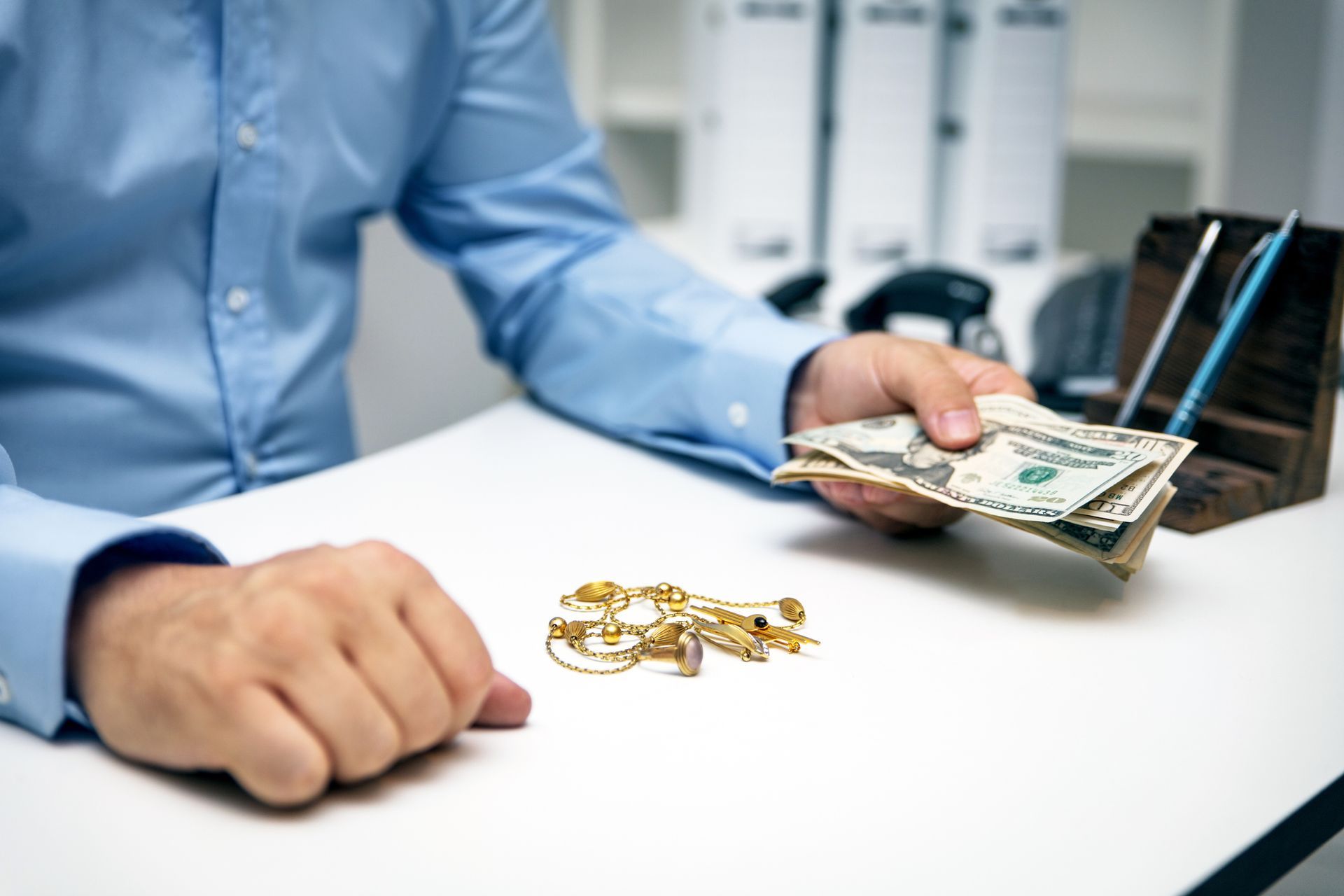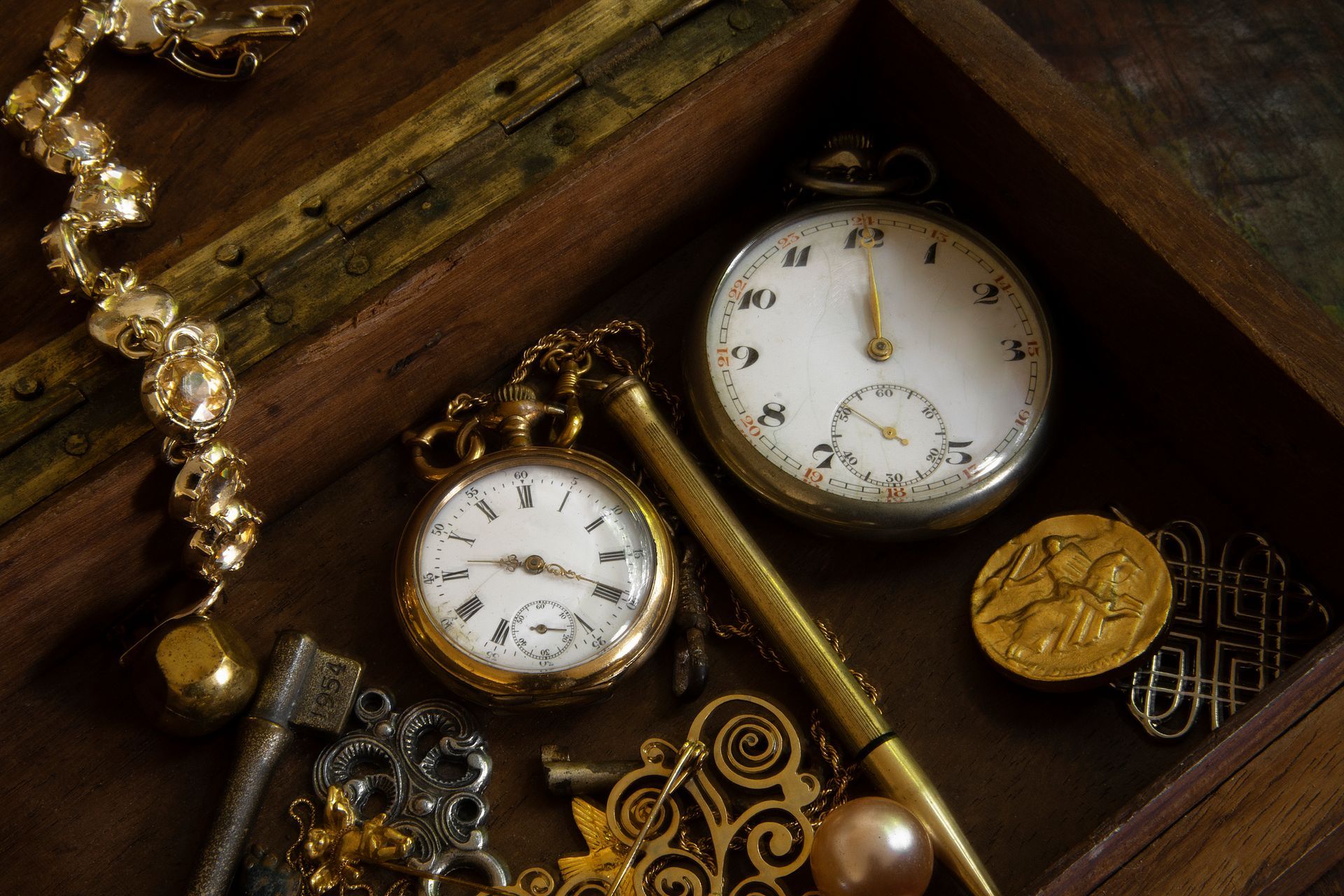4 Steps to Identify and Value Your Vintage Watch
- By Admin
- •
- 07 Nov, 2019
- •

Do you have a classic watch that you
may want to sell but aren't sure how to value it? This happens to
many watch owners. Perhaps you inherited a fine watch from a parent
or grandparent. Perhaps you bought it yourself in an informal
setting, such as a second-hand store or estate sale. Perhaps you've
had it for years but simply don't know its real value.
Whatever the reason, what can you do to determine a vintage watch's financial, historical, or sentimental value? Here are a few steps to take.
1. Talk with Others
The first place to gather information about any inherited or family jewelry pieces is within your family. If the watch was given to you by another person, sit down and discuss anything they might know about it. In particular, look for information about the provenance - where it was acquired, from whom, and when - to help establish a time frame and origin point.
In addition, ask about the watch's sentimental links. Did your great-grandfather pass it on to his son? Was it a gift for a special occasion? Did your parent wear it when they were stationed far from home in the military? Sentimental stories about the watch's history give you insight that can be helpful for identification purposes. But more importantly, it may help you decide if you really want to sell the piece.
2. Examine It for Markings
Next, examine the watch from all sides and angles. Markings on watches tend to be very small, so keep a keen eye for any symbols, words, initials, or even single letters. These are often on the watch face, but they may also be hidden on the rear of the watch, on the interior movement, or on metal handles (lugs).
If you're not familiar with watch makers and styles, learn what to look for first. Look up watch makers' symbols and markings on the internet so you can familiarize yourself with what to look for and what may be important information. Note the decorative style, such as Art Deco (indicating a time period) or experimental styles common in certain decades.
3. Use the Internet
The internet is an excellent source of information, but you'll have to devote some time to the search. Search using combinations of what you've learned already - such as approximate dates, watch makers, symbols, names, locations, and styles. The more detailed the information, the better your search will be.
Be wary of what you do find on the internet, though. Just because a watch looks like yours doesn't mean it is exactly the same. Consider any information you find on search engines and auction sites to be more of a rough indicator rather than a complete answer.
Use anything you learn on these more general sites to lead you in better searches on watch-specific sites. Look for watch information aggregating sites that keep databases of details. This is going to be the most reliable information you likely will find, and it will lead you to the final phase of your search: Step Four.
4. Consult with a Professional
Finally, take the watch to a professional who is more familiar with watch collecting. A jewelry maker might be able to help you better target your identification search. A pawn shop that specializes in watches is also a good resource, as they have seen many watches over the years - both real and less valuable duplicates.
At 2 J's Pawn & Gun, we can help you identify any watches you may have in your collection - as well as to learn what their real value is and how to keep them in the best condition. Call or stop by today to start learning your own piece's history and decide on its best future.









